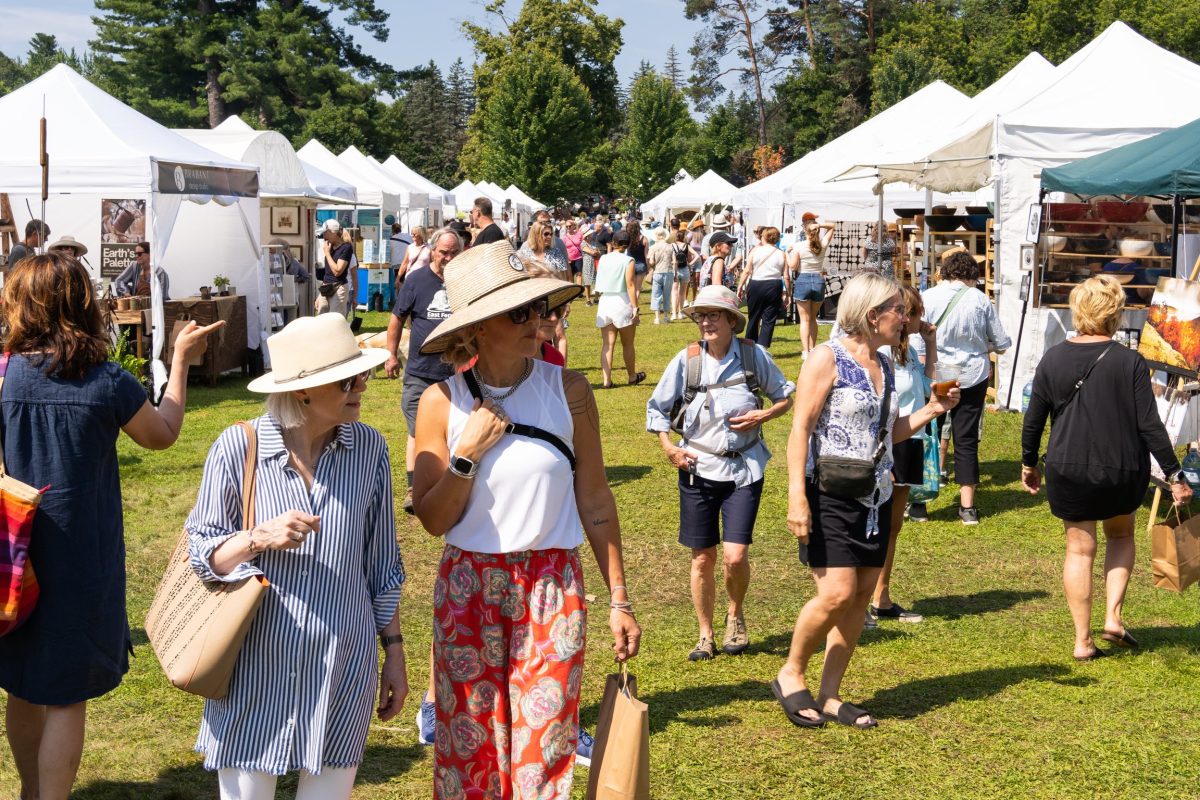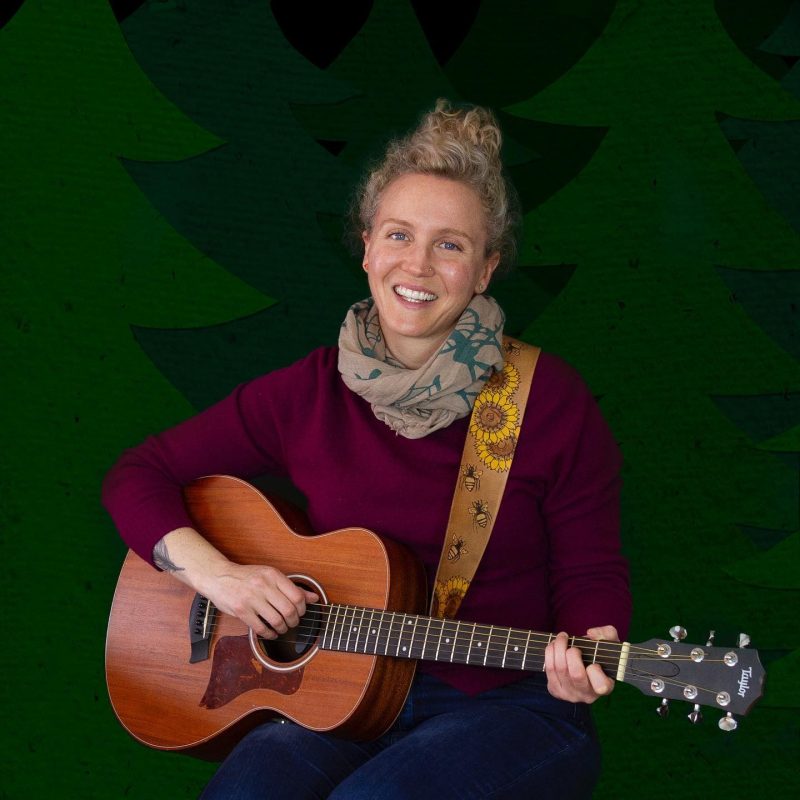Finding Meaning as an Artist on a Changing Planet
By Bet Smith | Published July 12, 2025

Some days, I sense a chasm between my creative ambition and my desire to make a positive difference in the world. How does an artist find purpose on a struggling planet? How can a craftsperson contribute to a healthier ecosystem?
A couple of years ago, I was invited to join the Muskoka Watershed Council. A friend suggested that, as an artist focused on climate and ecology, I would have something to offer. I was intimidated by the idea of sitting among a group of ecologists and scientists, wise to the ways of nature right down to a cellular level. I was equally intrigued to learn from a group of esteemed environmental advocates who, it would seem, had the ear of local government and the respect of the broader community. These were environmentalists who appeared to escape the eye-rolling en masse that’s regularly felt by the planet-before-profit bunch. I felt there was something valuable to learn from the Muskoka Watershed Council.
What, though, would I have to contribute to MWC? I have no science degree; heck, I can’t even lay claim to a tiny plot of land in this great watershed.
After squinting my eyes (and brain) through several research presentations, I am relieved to say that I have a few ideas. Experiencing the highly focused genius of individual environmental scientists, I also gained a new appreciation for the far-reaching cry of the singer-activist, the straight-talking craftsman, the writer who addresses the heart through metaphor. Climate and environmental scientists need communicators of all stripes to keep the planet top of mind. (Which is my polite way of saying the scientists are sometimes too deep in the Elodea canadensis.)
I understand that it can feel clunky and awkward to make art about climate and environmental issues. Those who succeed seem to be able to think about a place – from a tiny sanctuary to an entire planet – with the kind of love, longing, or grief they may feel for another human being. The detail, nuance and depth that create the most cherished love songs can also be found in art about the planet. It can be a challenge to make this kind of work, yes. But art isn’t meant to be easy. When done well, artists and musicians can break through to the hearts and minds of the public in ways that science lecturers can only dream of.
And dare I suggest that craft is an antidote to hyper-consumerism? That craft, at its best, is anti-fast fashion, anti-forced labour?
Craftmaking can feel frivolous in a climate emergency. As a maker, I have questioned the value of hand-crafted products in this chaotic, endangered world and wondered whether making things aligns with my values. I’m disheartened by the idea that I am adding to the ever-spreading pile of stuff we have accumulated on this planet – a particularly nightmarish notion for someone so openly opposed to overconsumption.
But the day we stop crafting unique, quality items is the day we hand the planet over to the corporations that peddle junk. Hand-made keepsakes are the noble alternatives to the mass-produced stuff that moves too swiftly from box store to thrift store to landfill. Craftspeople offer their patrons the opportunity to invest in quality, narrative, community, culture, beauty; to think long-term, to align purchasing decisions with personal values.
Unlike their mass-produced counterparts, the products created by your local artisans are not usually meant to appeal to fads. A crafted piece is not only a vessel, a garment, a tool… it is a conversation piece, a work of art, an object whose story gives character to a place and says something about both its maker and its buyer.
Beautiful Muskoka is home to many fine artists, musicians and craftspeople, each offering work that is locally and lovingly created. Whether or not the work is directly about climate and ecology, it reinforces our values around community, quality and longevity; things that matter when we’re trying to save the planet.

This is article No. 5 in Living Smarter in Muskoka, the series by Muskoka Watershed Council. Its author is Bet Smith, a passive house builder, blacksmith, and songwriter, who grew up mostly in Muskoka. Bet is a Member of MWC who helps our scientists get out of the weeds. The series is edited by Peter Sale, Director and a former Chair, MWC.
First published on muskokaregion.com
